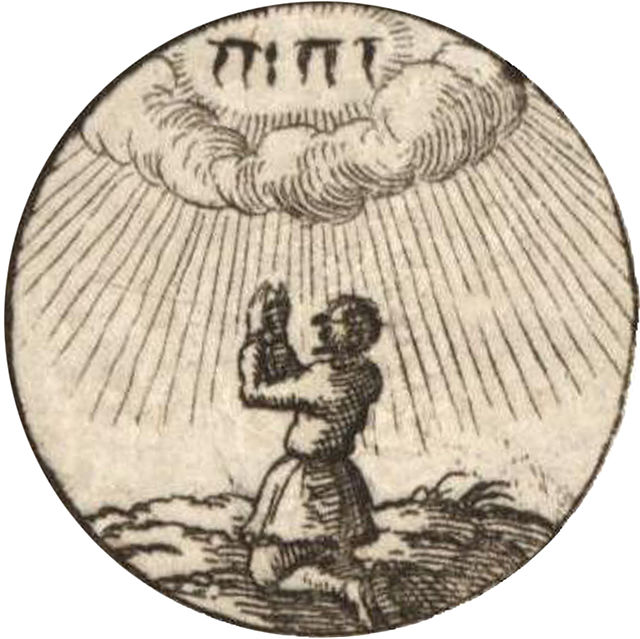Saint George, also George of Lydda, was an early Christian martyr who is venerated as a saint in Christianity. According to tradition, he was a soldier in the Roman army. Of Cappadocian Greek origin, he became a member of the Praetorian Guard for Roman emperor Diocletian, but was sentenced to death for refusing to recant his Christian faith. He became one of the most venerated saints, heroes and megalomartyrs in Christianity, and he has been especially venerated as a military saint since the Crusades. He is respected by Christians, Druze, as well as some Muslims as a martyr of monotheistic faith.
Saint George by Donatello, c. 1415
Saint George Killing the Dragon, 1434/35, by Bernat Martorell
Saint George the Dragon-Slayer, 16th c., by Georgios Klontzas
George depicted in the Nuremberg Chronicle of 1493
In Christian belief, a saint is a person who is recognized as having an exceptional degree of holiness, likeness, or closeness to God. However, the use of the term saint depends on the context and denomination. In Catholic, Eastern Orthodox, Anglican, Oriental Orthodox, and Lutheran doctrine, all of their faithful deceased in Heaven are considered to be saints, but some are considered worthy of greater honor or emulation. Official ecclesiastical recognition, and consequently a public cult of veneration, is conferred on some denominational saints through the process of canonization in the Catholic Church or glorification in the Eastern Orthodox Church after their approval.
St Bridget of Sweden pictured with a halo. In Christian iconography, saints may also be depicted with wreaths, palm branches, and white lilies.
A portrait depicting Saint Francis of Assisi by the Italian artist Cimabue (1240–1302)
Saint, 12th century fresco in Staraya Ladoga
"Scripture does not teach calling on the saints or pleading for help from them. For it sets before us Christ alone as mediator, atoning sacrifice, high priest, and intercessor."—A.C. Article XXI.








